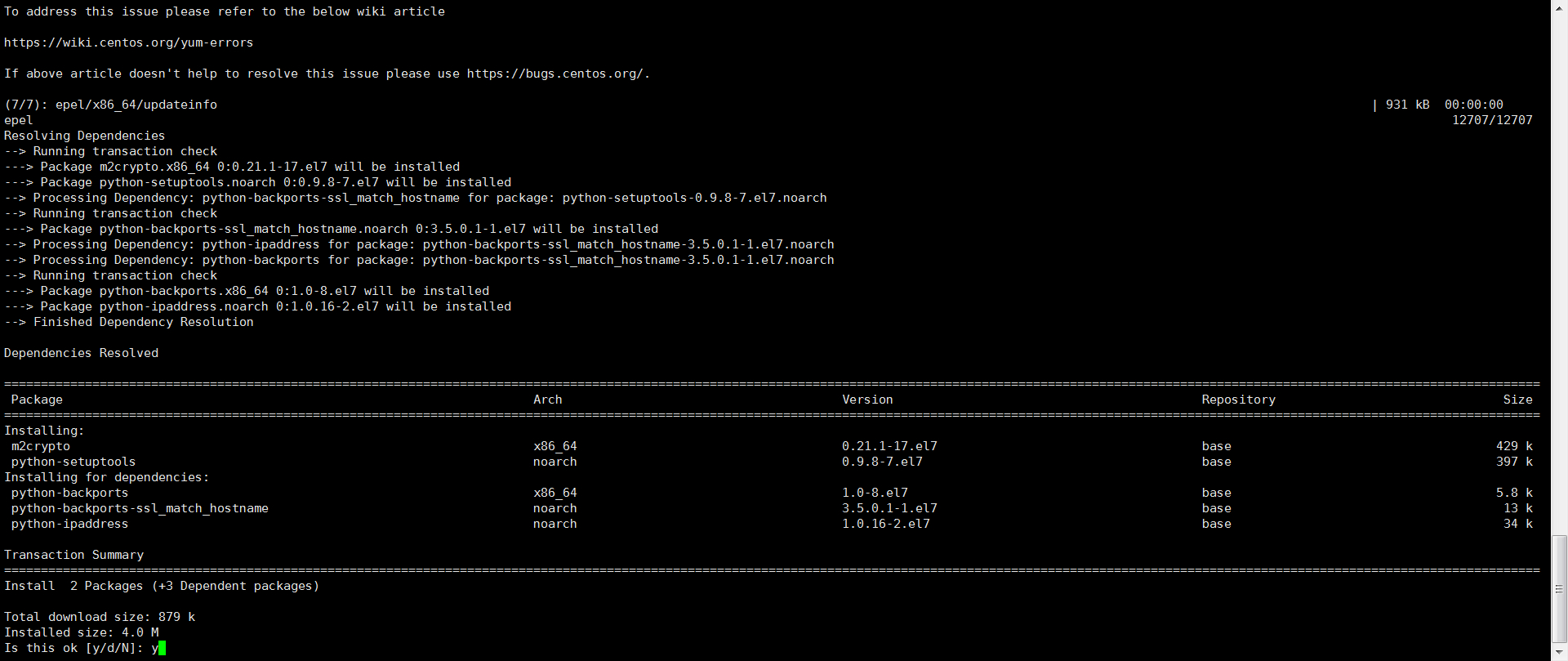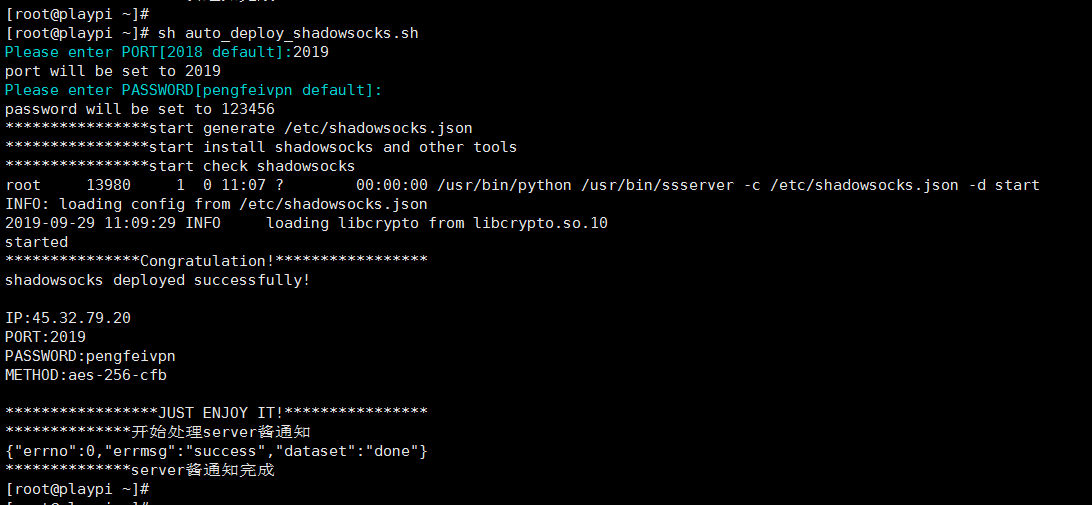
- #CENTOS7 SHADOWSOCKS HOW TO#
- #CENTOS7 SHADOWSOCKS INSTALL#
- #CENTOS7 SHADOWSOCKS ARCHIVE#
- #CENTOS7 SHADOWSOCKS UPGRADE#
Check log: tail /var/log/maillog Clientī. Ignore mime- version content-transfer- encodingĮcho "body" | mail -s "subject" -s "subject" < test.txtġ1. Ignore received in-reply- to message- id references Smtpd_client_restrictions = permit_sasl_authenticated Smtpd_recipient_restrictions = permit_sasl_authenticated,reject_unauth_destination,permit_mynetworks Smtpd_sasl_security_options = noanonymous Readme_directory = /usr/share/doc/postfix-2.10.1/README_FILES Sample_directory = /usr/share/doc/postfix-2.10.1/samples Newaliases_path = /usr/bin/newaliases.postfix Sendmail_path = /usr/sbin/sendmail.postfix PATH=/bin:/usr/bin:/usr/local/bin:/usr/X11R6/binĭdd $daemon_directory/$process_name $process_id & sleep 5 Unknown_local_recipient_reject_code = 550 Mydestination = $myhostname, localhost.$mydomain, localhost,$mydomain,mail.$mydomain,local_recipient_maps = Mydomain = abc.com #your domain (remove comment) Myhostname = #your mail server (remove comment) Vim /etc/postfix/main.cf queue_directory = /var/spool/postfix
#CENTOS7 SHADOWSOCKS INSTALL#
Install software yum -y install postfix dovecot cyrus-sasl-* mailx If you don’t already have it, you can install xz using yum. Getting around this is as simple as using the xz binary to first decompress the file, and then tar to extract it. Try `tar -help' or `tar -usage' for more information. Note that this is a capital “J” and not a lowercase “j” which would be used to specify bzip2 compression. On newer versions of tar, you can simply replace the z with a J to use the correct (de)compression library, but if you have version 1.15.1 or earlier, you’ll find that this doesn’t work either. Tar: Error exit delayed from previous errors

If you try the same thing using a tar.xz file, you’ll find that it doesn’t work. Extracting them is as simple as passing xzf to tar.
#CENTOS7 SHADOWSOCKS ARCHIVE#
Traditionally compressed archive files are distributed on Linux systems as tar.gz files which use gzip for compression.
#CENTOS7 SHADOWSOCKS HOW TO#
#CENTOS7 SHADOWSOCKS UPGRADE#
Request with Upgrade is send by obfs-local, so proxy_pass to obfs-server. Request without Upgrade header will redirect to behave like a normal site. When you access via proxy, you will use IPv6. fast_open means use TCP Fast Open, but with plugin, so actually 8888 is listened by obfs_-server, so we add fast-open=true to plugin_opts._ ipv6_first means while proxying DNS request, use IPv6 firstly. Server with value ", "127.0.0.1"] means listen 127.0.0.1 and ::1(localhost in IPv6), not listen all interface. “plugin_opts”: “obfs=http fast-open=true” Server-side config Install shadowsocks, simple-obfsĬurl -o /etc//antonchen-proxy-epel-7.repoĭnf install shadowsocks-libev simple-obfs The outer traffic will look like an HTTP session.

The upstream traffic encapsulation in HTTP or tls stream.

simple-obfs is used for obfuscate traffic. all traffic through shadosocks will be encrypted. shadowsocks is a socks5 proxy, with traffic encryption. shadowsocks + simple-obfs is a simple solution. Sometimes, the network traffic need to be encrypted and obfuscated.


 0 kommentar(er)
0 kommentar(er)
